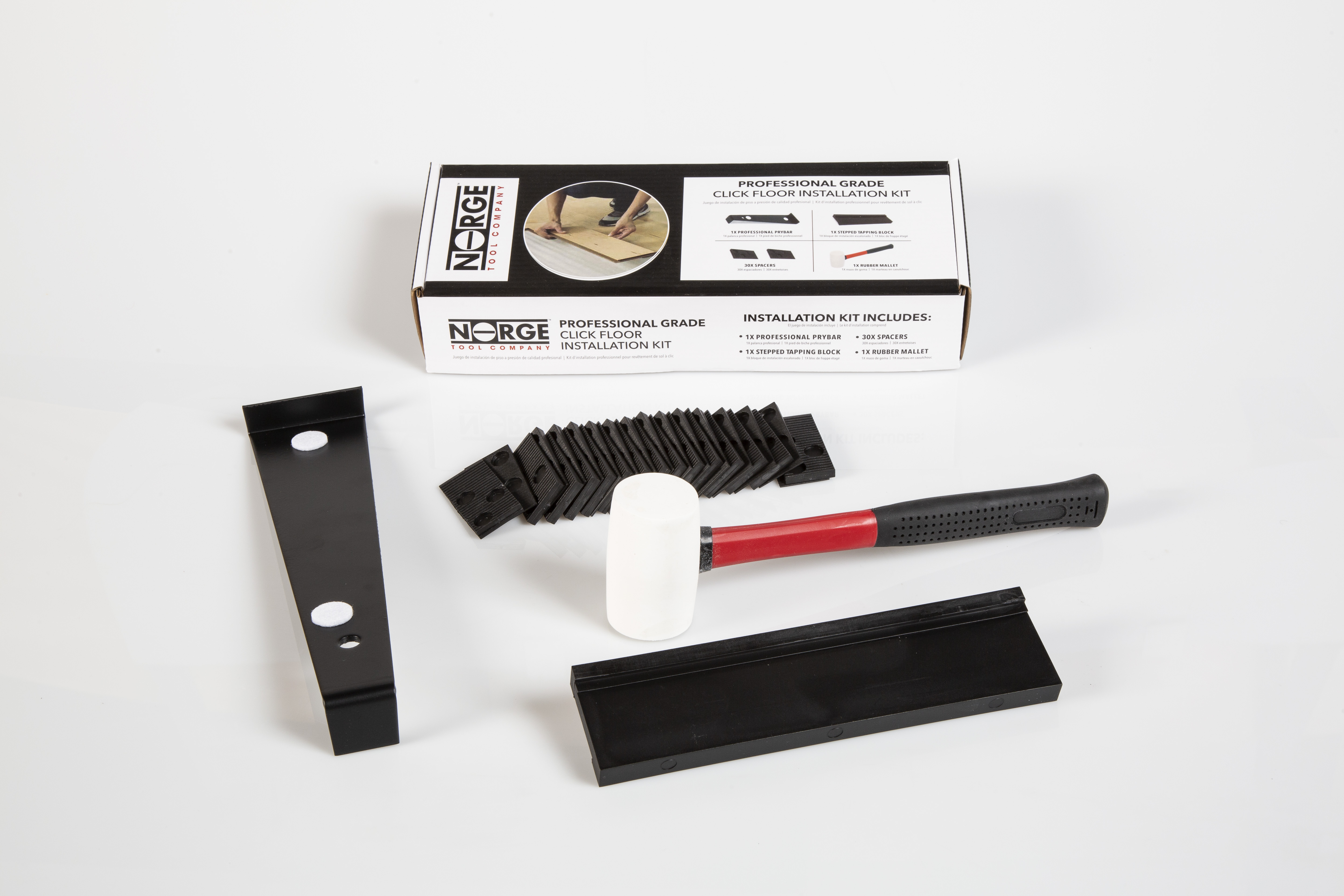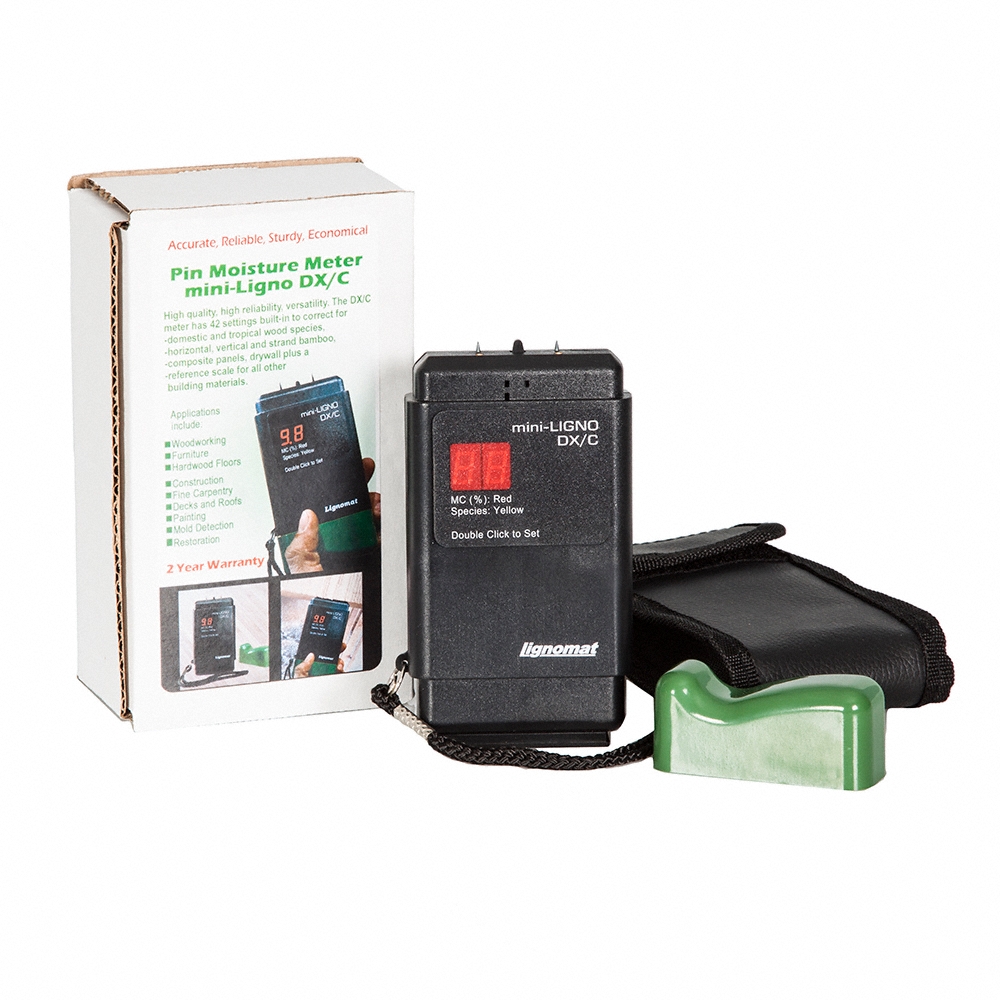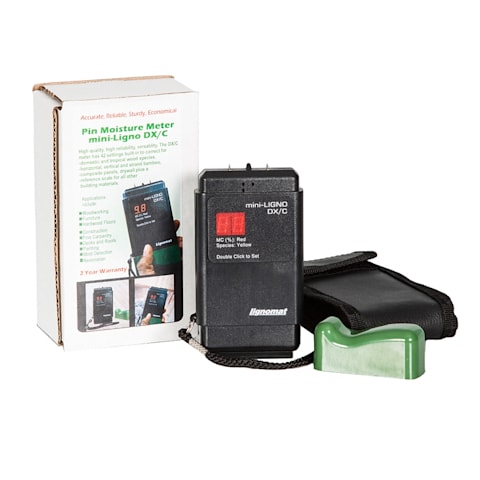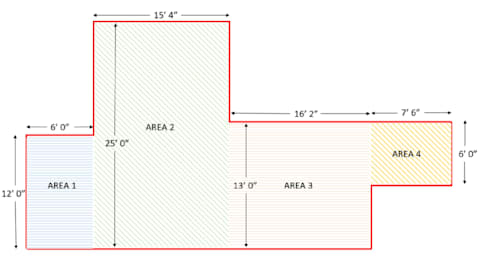- Home
- Education
- Installation Tips and Guides
- LL Installation Tips: 4 Mistakes to Avoid When Installing Flooring
LL Installation Tips: 4 Mistakes to Avoid When Installing Flooring
If you’re thinking about installing your own hard-surface floors, it’s never been easier to access all of the tips, tools, and resources that can guide you through the process.
If you’re thinking about installing your own hard-surface floors, it’s never been easier to access all of the tips, tools, and resources that can guide you through the process. From finding the right flooring to nailing the install process (pun very much intended) all the way to the finish, a task once thought to be handled only by professionals is now a common DIY undertaking for those with the right know-how.
From engineered hardwood to laminate and vinyl, a DIY installation is more doable than many think. The click-and-lock technology that comes with a huge variety of flooring options allows you to install a floating floor that doesn’t require nails or adhesive.
However, there are several mistakes that people commonly make when installing their own flooring. Before you start cutting your planks, keep in mind these common pitfalls so you end up with beautiful, long-lasting floors and an eternal, unbreakable sense of accomplishment.
Not acclimating your floors
The first step of any flooring installation—whether it’s hardwood, vinyl, or laminate—is to acclimate the planks to the environment that they’re being installed in to give them time to expand or contract with the space’s unique humidity. Many DIYers make the error of cutting the acclimation period short, or skipping it altogether, which can result in warping, cracking, and buckling of the planks once they’re installed.
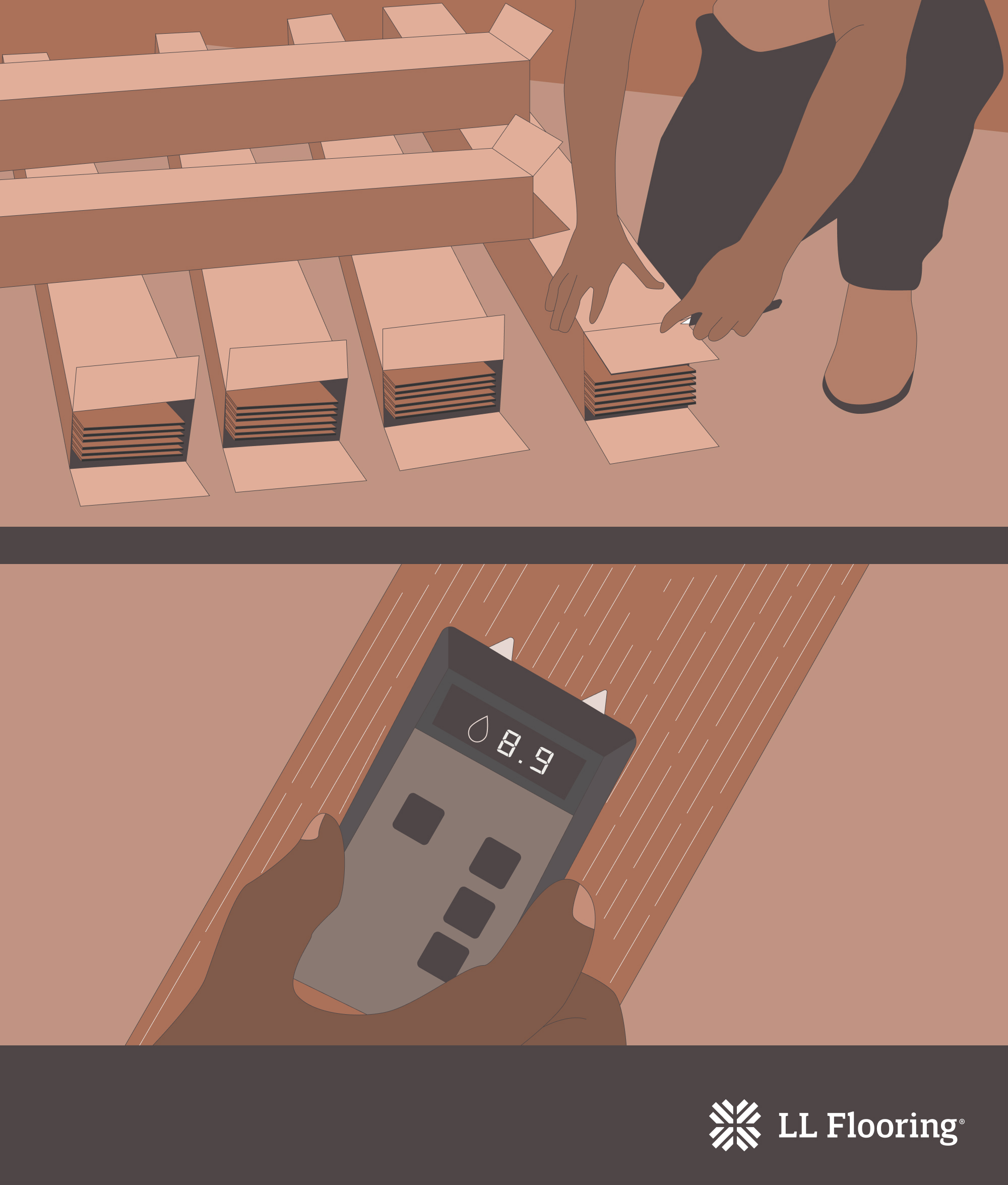
Not preparing the subfloor
Before you start laying down planks, it’s crucial to properly prepare the subfloor and ensure that it’s clean, dry, and completely level. Putting down an underlayment on top of the subfloor can even out the surface, helping avoid gaps, bumps, or dips in the planks.
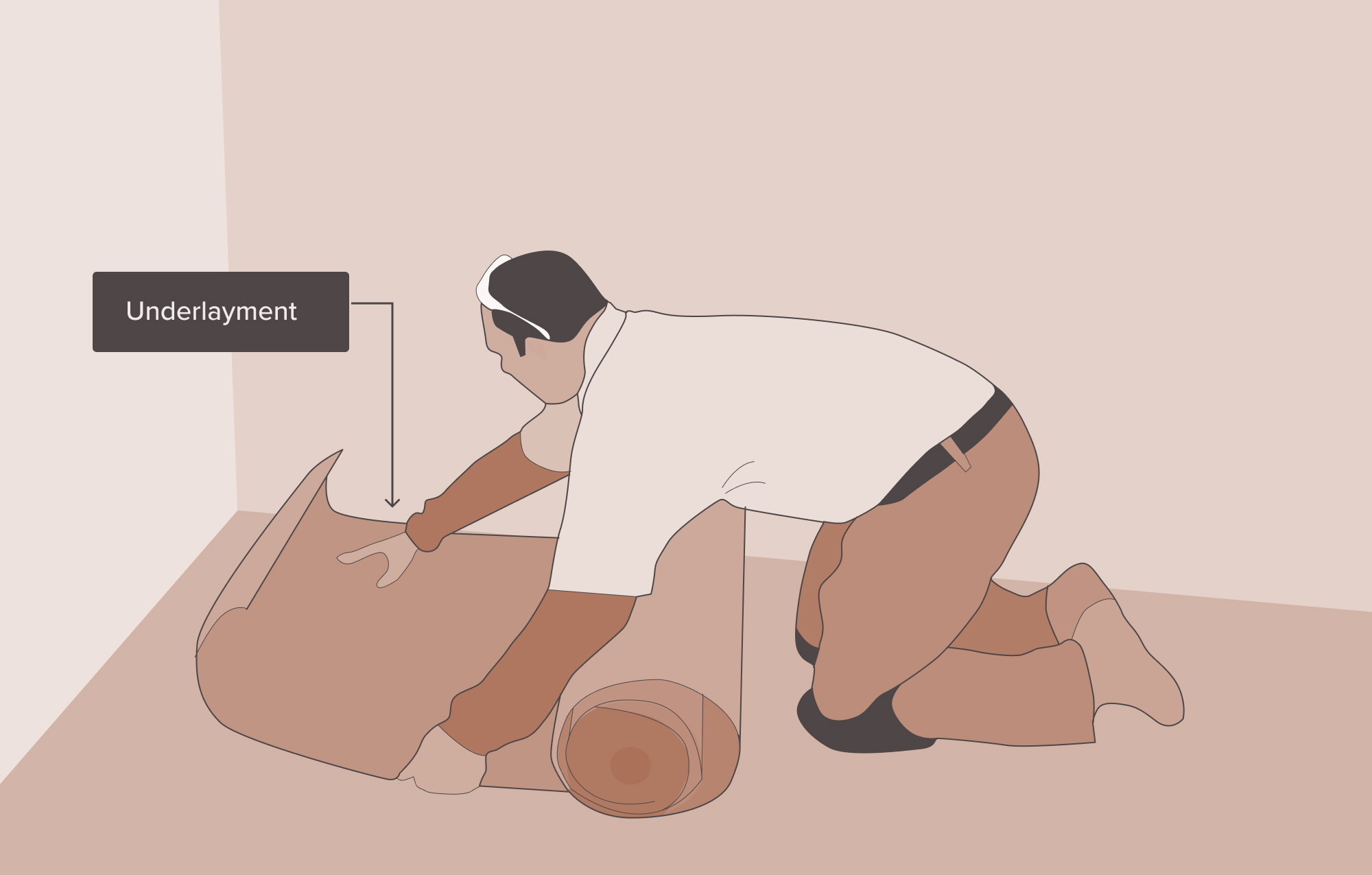
Wrong tools
Doing a DIY install doesn’t mean you can cut corners on the proper supplies—if anything, it means you should be extra-mindful of having all the right items at your disposal to ensure you’re doing the job right. Before you start, do your research and make a checklist to make sure you've got all of the tools, materials, and gear you’ll need to handle the project.
Inaccurate measurements
A huge component to installing your own floors is making sure you have precise, accurate measurements of the space before you start. You don’t want to run out of planks before you’re done or run the risk of buying too much and having extra that you don’t need. Experts recommend buying an extra 10% of flooring to ensure you can finish the installation successfully, without ending up with too much leftover.
No one said installing your floors would be easy—it’s a hard job that requires a lot of preparation and diligence, but if done with meticulous attention to detail, it can be incredibly rewarding and cost-effective.
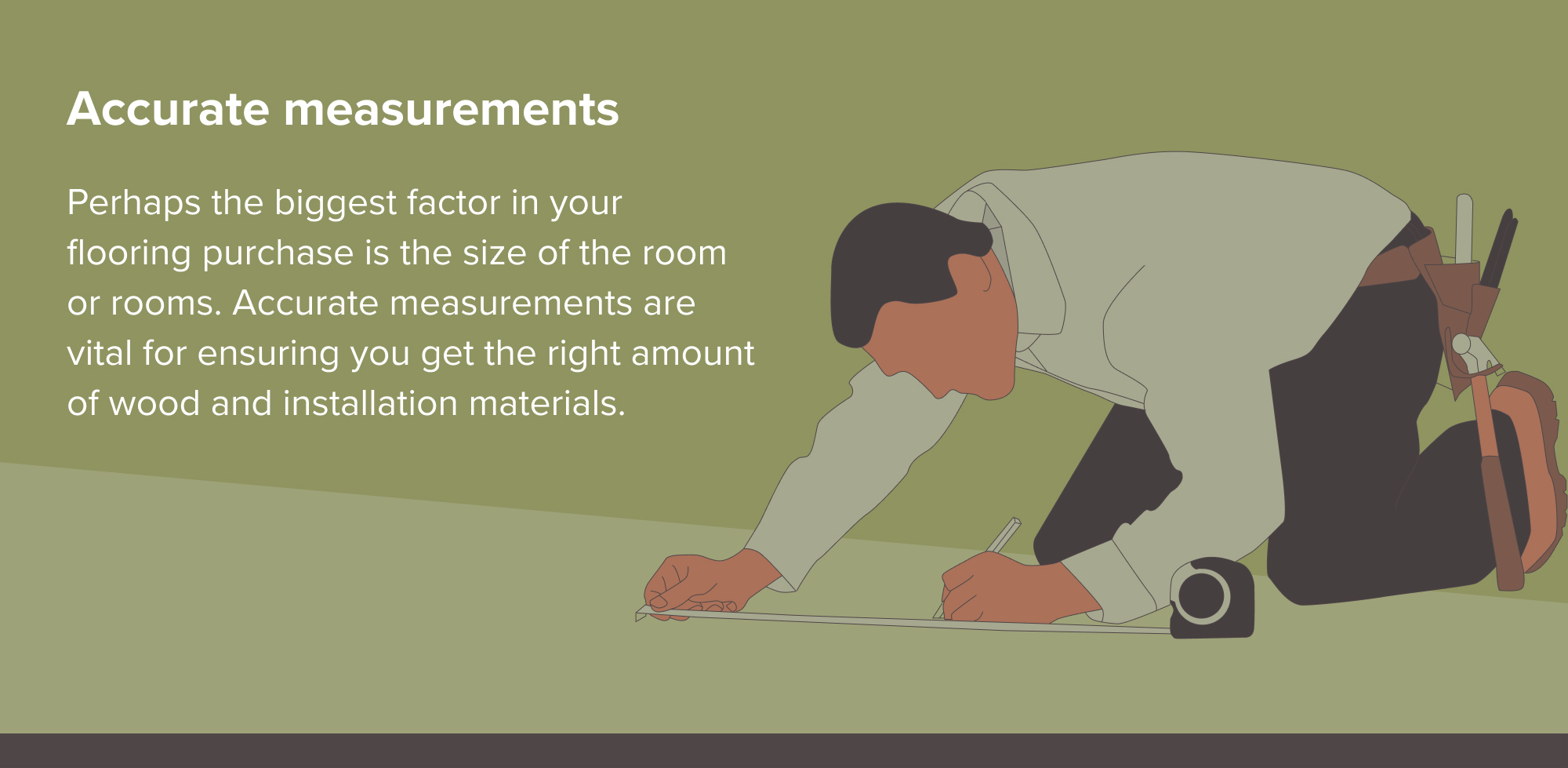
Follow LLStyle on Instagram and Pinterest. Post or share photos and tag @LLFlooringOfficial.
Learn about home improvement and design with fun and informative videos. Subscribe to the LL Flooring YouTube Channel. Leave comments or ideas that helped you and join the community.
